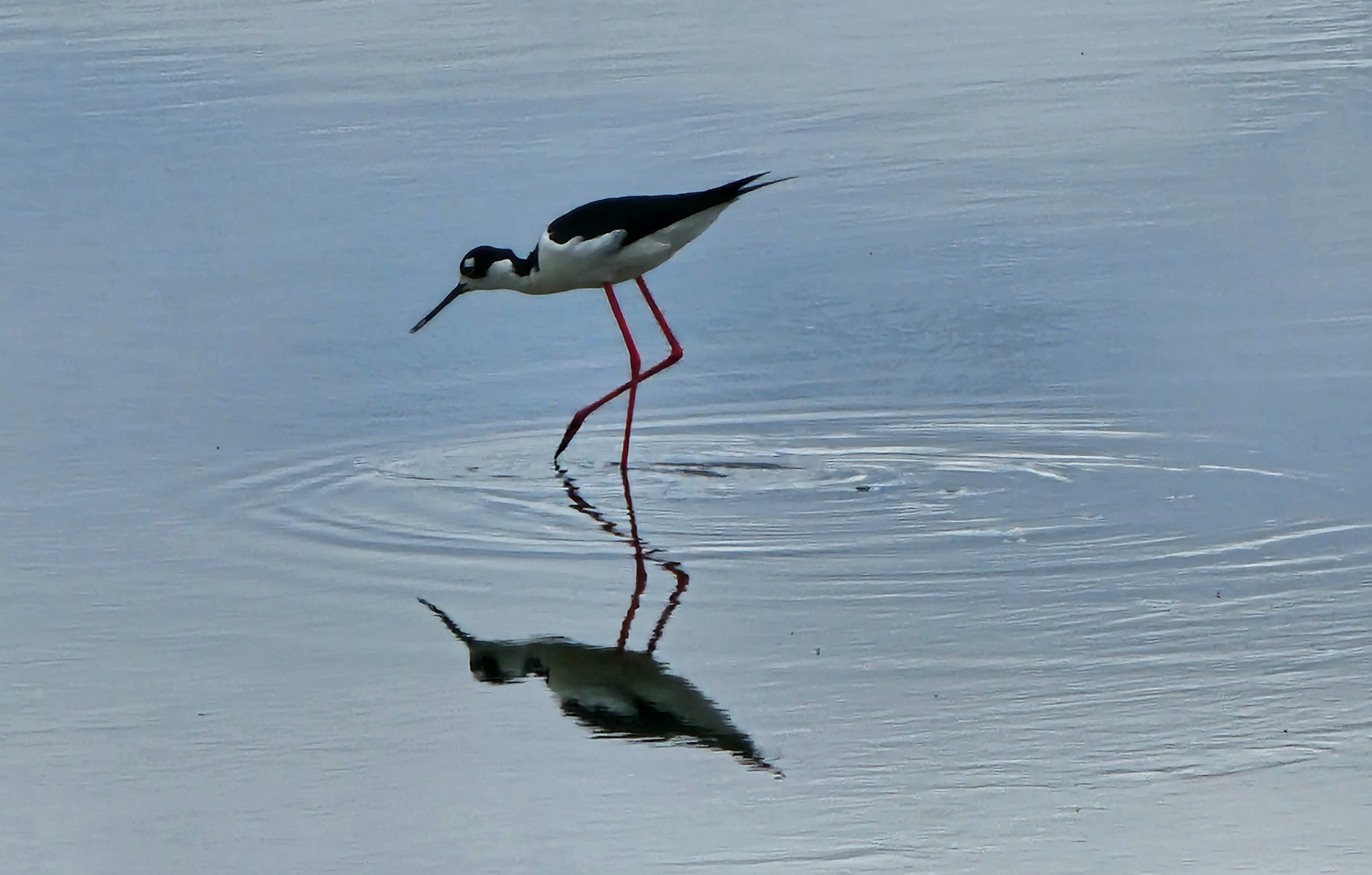|

|
|
|
Photo Credit: James Muller (SFEP)
Winter 2023 Newsletter
The Wetlands Regional Monitoring Program (WRMP) delivers coordinated regional monitoring of the San Francisco Estuary’s wetlands to (1) inform science-based decision-making for wetland restoration and adaptive management and (2) increase the cost-effectiveness of permit-driven monitoring associated with wetland restoration projects. This newsletter edition highlights some of the key accomplishments of the WRMP staff, Steering Committee, Technical Advisory Committee (TAC), and Science Workgroups during the fourth quarter of 2023.
|
|
|
|
|
|
|
Photo Credit: Darcie Luce (SFEP)
Monitoring Plan Update
The Technical Advisory Committee (TAC) and Science Team have been hard at work this year developing the WRMP Monitoring Plan, and recently completed a version that was approved by the TAC in December 2023. The Monitoring Plan provides guidance about where and how frequently to collect new data and synthesize existing data to answer the WRMP’s Guiding and Management Questions. This document, which will grow and change over time, serves as a vision for future program direction and provides a framework for the development of the WRMP Implementation plan in 2024.
|
|
|
|
Photo Credit: Taylor Pantiga (SFEP)
WRMP Standard Operating Procedures
The WRMP has been hard at work developing Standard Operating Procedures (SOPs) to help inform WRMP monitoring to answer the Guiding and Management Questions. The data the program collects using the SOPs will be used to provide long-term regional context for the San Francisco Estuary. Additionally, the data will support greater efficiencies and enhance the value of permit-driven monitoring. The Vegetation and Hydrogeomorphic SOPs have recently been approved by the WRMP Technical Advisory Committee (TAC).
Vegetation SOP: This SOP was developed by the Vegetation Workgroup leaders Mike Vasey (SF Bay NERR emeritus), Iryna Dronova (UC Berkeley) and Caitlin Crain (SFEI) and a large group of contributing authors. The SOP was approved by the TAC in August 2023 and provides guidelines for monitoring vegetation at the landscape and site-specific scale. The methods in the SOP describe monitoring using remote sensing to examine trends in large-scale vegetation community patterns as well as field sampling to ground-truth the regional data and track vegetation across elevational gradients at WRMP priority monitoring sites.
Hydrogeomorphic SOP: The SOP was developed by the Hydrogeomorphic Workgroup, led by Jeremy Lowe (SFEI) and Christina Toms (Water Board) with support from Kevin Buffington (USGS), Stuart Siegel (SF NERR), Maureen Downing-Kunz (ESA) and Caitlin Crain (SFEI). The SOP was approved by the TAC in December 2023. This SOP provides guidance related to monitoring the hydrogeomorphic features of tidal wetlands such as tidal inundation, sea level rise, and suspended sediment concentrations, among others. Because there are already hydrogeomorphic protocols used across the region, the workgroup collected and synthesized the existing protocols. Hydrogeomorphic monitoring is important for tracking changes in tidal wetlands, as these physical features determine what plant and animal species can live at a particular site.
|
|
|
|
WRMP at CERF!
In November, some of the WRMP staff traveled to Portland, OR for the Coastal and Estuarine Research Federation Conference (CERF). We had a great time sharing about the WRMP and learning about other coastal wetland programs and research around the country!
|
|
|
|
People of the WRMP
Meet one of our new Steering Committee Members, Dylan Chapple!
Tell us a little about yourself.
This summer, I started a new position with the Delta Stewardship Council as the Environmental Program Manager of the Adaptive Management unit after about four years as a Senior Environmental Scientist on the team. I’ve been working on tidal wetland restoration in the estuary since 2008, starting my career with Save the Bay, which led me to a PhD at UC Berkeley exploring the impacts of climate variability on restoration projects in the Bay. I spent a year as a California Council on Science and Technology Policy Fellow in the Assembly Natural Resources Committee before I started working at the Delta Stewardship Council in the Science Program. I’ve been serving on the WRMP TAC since its inception, and I’ve really appreciated the opportunity to stay connected with the Bay restoration community and help serve as a bridge between the Bay and the Delta—we’re all in the same estuary after all! It’s endlessly inspiring to see restoration sites come on line and work with the wide community of scientists and managers working tirelessly to make implementation, monitoring, and research happen.
What about your new role with the WRMP is most exciting for you?
In my role in the Adaptive Management unit, we focus on bringing people and information together to help span the science, policy, and management spectrum. What excites me the most about my new role on the WRMP Steering Committee is being able to think about how we can best connect monitoring data to policy decisions and strengthen connections across the estuary.
|
|
|
|
WRMP Newsletter Contributors and Editors
Donna Ball
Caitlin Crain
Melissa Foley
Tony Hale
Sasha Harris-Lovett
Taylor Pantiga
Alex Thomsen
Karen Verpeet
|
|
|
|
Wetlands Regional Monitoring Program
You received this email because you have attended a Wetlands Regional Monitoring Program (WRMP) event, work with one of our partnering organizations, or have otherwise expressed an interest in receiving information about the WRMP.
Our mailing address is:
San Francisco Estuary Partnership
375 Beale Street, Suite 700
SAN FRANCISCO, California 94105-2066
|
|
You received this email because you signed up on our website or have participated in a WRMP event.
|
|
|
|
|